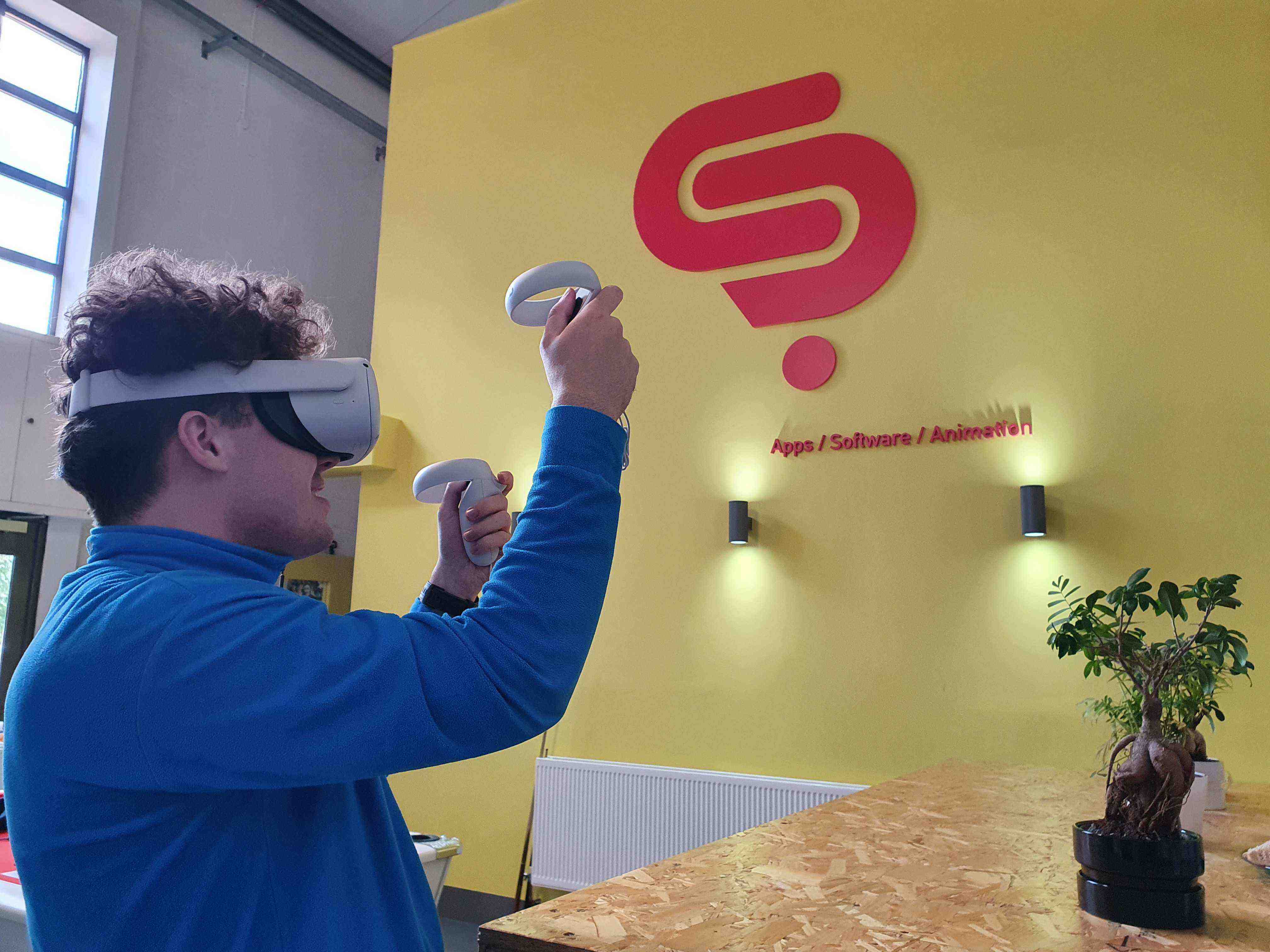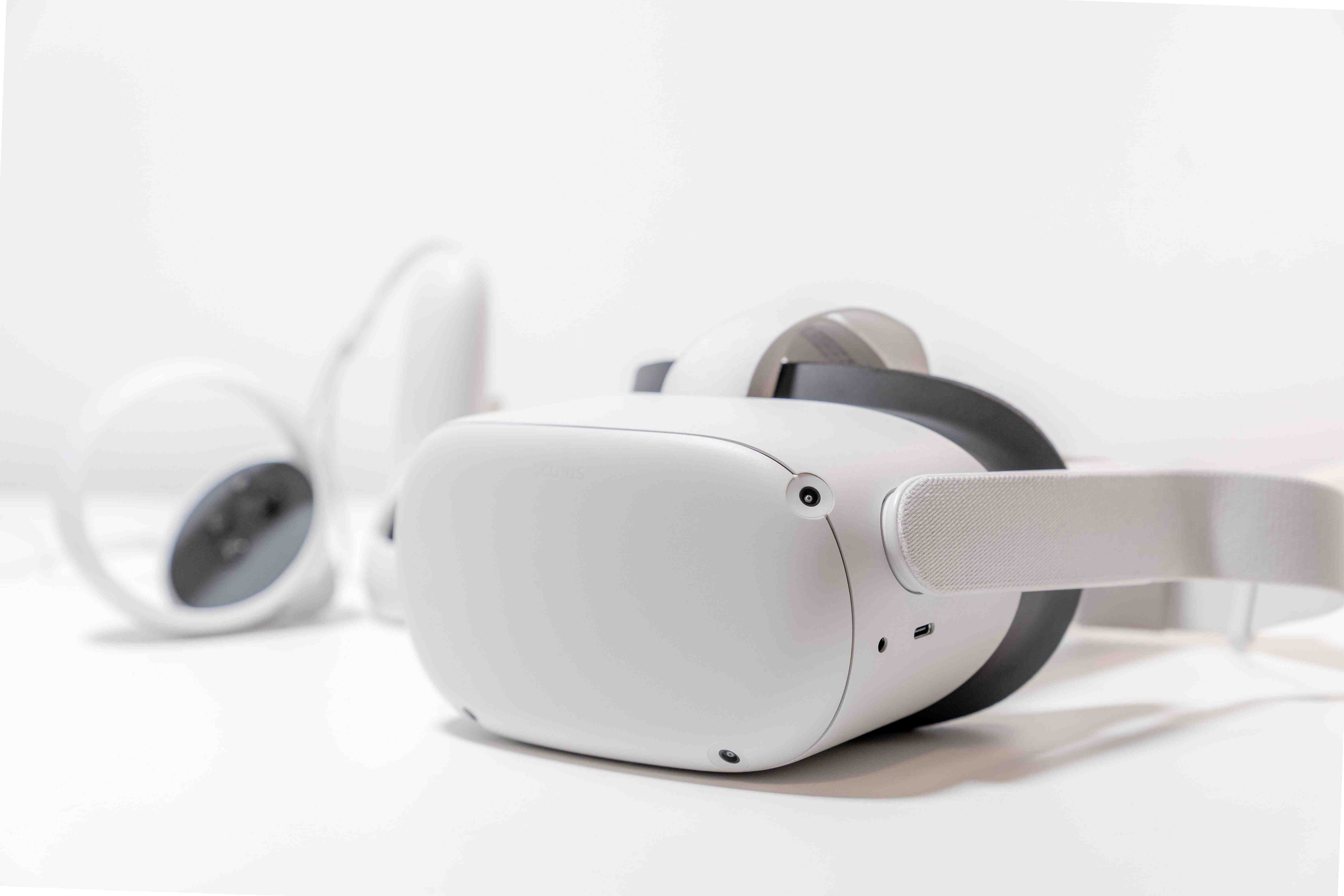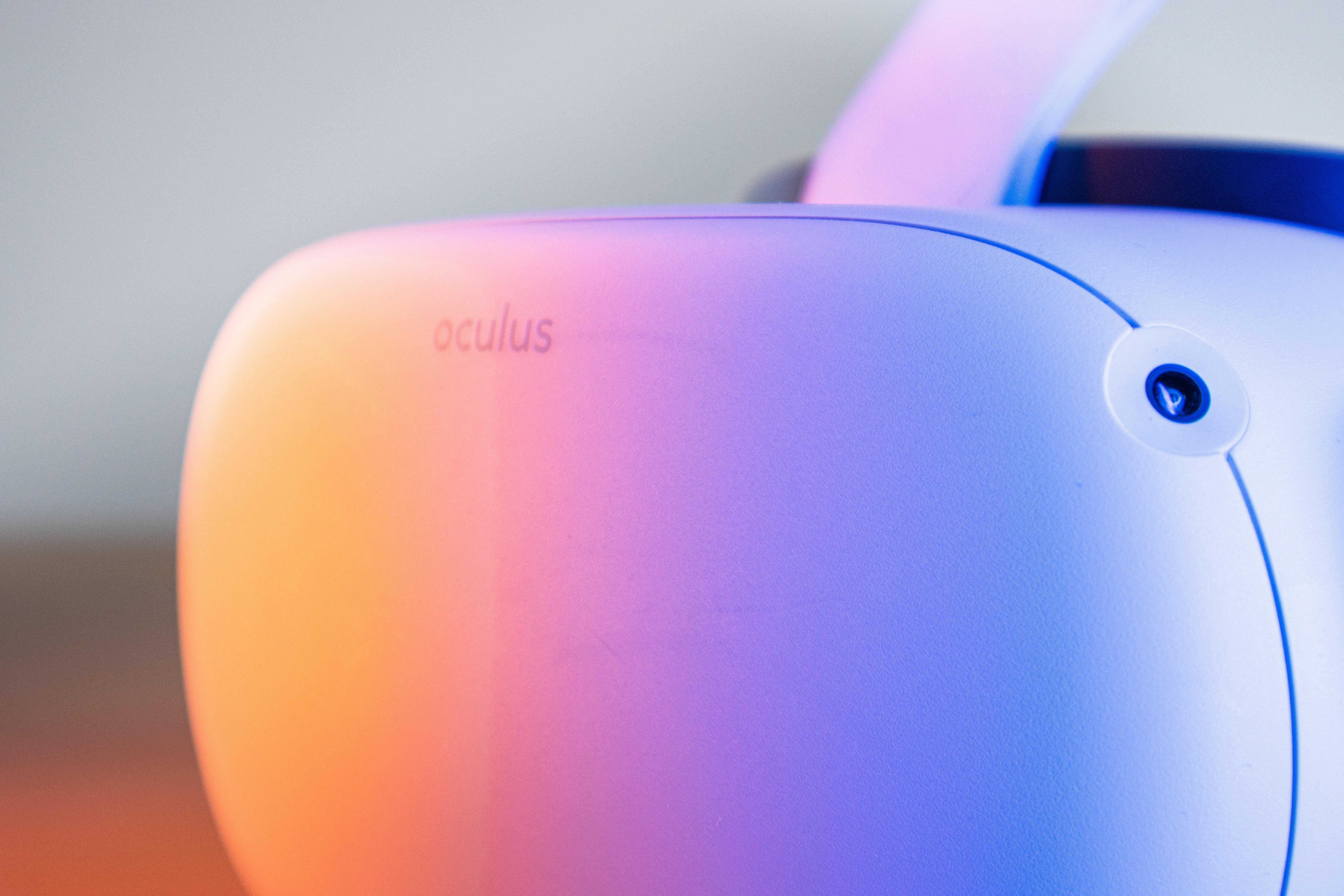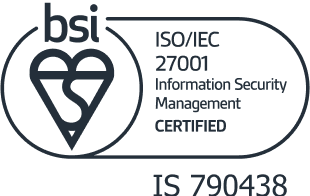I am Sugar Rush Creative's Creative Technologist.
Right now, we are developing and expanding out our emergent technologies and solutions. As a developer in the Virtual Reality space, I have had the fortunate experience developing with a wide range of hardware from HoloLens to VR development kits and wanted to share some of my thoughts on Sugar Rush’s recent investment into the Oculus Quest 2.

What is the Oculus Quest 2?
In October 2020, Oculus released their latest Virtual Reality Headset, the Oculus Quest 2 at £299. This VR device was a follow up on the original Quest from 2019, which has been sold as an all-in-one VR solution for consumers. Most of my experience predating the Quest 2 release had been with the Original HTC Vive, mainly because of industries with a need for VR experiences have largely adopted the Vive. However, the Quest provided a very promising set of features that could easily attract any business into switching ecosystems, such as:
-Inside out tracking for easier set up
-Better quality image compared to the HTC Vive
-In built hand tracking
-Light weight design for easy transport
-Link to a PC with Oculus Link
One feature that stood out to me was the “Oculus Link”, which effectively allowed uses to Stream their VR mobile app from a PC to the headset with a high-quality USB 3 cable. This solution even allowed for Steam mobile apps to work with the otherwise closed of ecosystem of Oculus. For any unity developer using the XR rigs, this means relatively minor changes to workflow, apart for a new control scheme to learn.
Is the VR experience any good?
One selling point for the Quest 2 is their brilliant onboarding process, as someone who had to spend a lot of time teaching VR development, I feel extremely comfortable recommending this to a novice VR user. The instructions are clear and easy to understand, coupled with inside out tracking it is possible to get users ready in 30mins, with little or no input from an expert. Beyond the set up and software package, it is friendly, easy to learn and a stark difference from competitors like the Vive Cosmos.
Personally, the biggest selling point for the Quest 2, must be the consistency of meaningful software updates. This device seems to consistently impress with new software unlocks or features that significantly improve the headset offerings to consumers and developers. Recently Oculus released an official method for Oculus Link over Wi-Fi which is a welcome change to an industry that can be easily drowned with accessories and concealed fees for features. Even if this is smart marketing technique to get people talking about Oculus every few month this approach only adds to the experience and in our opinion gives a positive impact to the marketplace.

Smart Imagery
For most people, the clearest difference between VR generation is the quality of imagery. There are three main sections covering good quality VR display (1) Resolution of the display (2) The refresh rate and (3) The quality of the lens. Below are some thought of how the Quest 2 handles each factor:
Screen Resolutions: The Quest 2’s native resolutions are 1832×1920 per eye striking a fairly well-rounded balance between amazing image and not being so high that it has a harmful effect on battery life. In our view, I would rate this above average for this generations but in our experience resolutions have always been less important than screen refresh rate. However, if you are a you an architect looking for a device to present design or review 360 GoPro Clips, then this screen is a measurable improvement from the previous generation.

Refresh Rates: This is an odd discussion as the Oculus that was release in October 2020 would have been shipped with a 75Hz screen, compare this to other VR headsets we are left slightly disappointed despite having great battery life. However, a few months on from Oculus original release, Oculus published a software update allowing users to manually set the screens refresh rate to 90Hz and recently 120hz, which is a huge difference and will no doubt help some people overcome motion sickness.
Lenses: Most important aspect with VR image quality are the lens used and in our experience the Oculus team have produced the best lens we have seen yet in VR development. The balance of the screen pixel density and lens distortion work beautifully which will set a high bar for future HMD.
Consideration.
Unfortunately, there are aspects about the physical hardware raise concerns, such as Manual IPD. Interpupillary Distance (IPD) is not a term most commonly used and to shift the IPD without being able to wear the device seems a little archaic.
We’re not sure on the intended use- but when using the VR experience at trade shows we’ll assume you’ll need to look at a person with IPD turned on, adjust the lens and pray it’s not blurred. Hopefully future hardware may solve this issue. Otherwise, it’s a very well executed device.
Elephant in the Room…
Back in March 2014, Facebook announced their acquisition of Oculus and having the hardware developer merge within Facebook Reality Labs. This led to a major division within the VR customer base around Data Privacy and the problem compounded when Oculus announced mandatory Facebook accounts to use the Quest 2. Despite a promise of Oculus’s founder back in 2014 on this very topic, it seems clear to me that Facebook has an agenda to subsidies hardware and development costs, by collecting in depth data on users.

The greatest evidence for this is in the “Oculus for Business” where a company can pay £799 which is over double the consumer price for a close app store and their solution for enterprise accounts. Even with the promise extended warranties and leading customer support, I suspect normal consumers would be paying closer to this price if it were not for data collection. As a developer and consumer of VR content, we find the trade offer for upfront costs against privacy to be a worrying standard that will have lasting effects for the industry. We suspect in the future, like many other industries that VR will take a subscription model similar the Microsoft Xbox. However, for now, the value that Oculus Quest 2 has at £299 is such a competitive price that the choice for many will already been made.
Final thoughts
The Oculus Quest 2 is a great value VR device that offers leading forward thinking features such as Oculus Link, and a robust software experience that goes above and beyond other competitors. It is a shame that this experience comes at a hidden cost for data privacy, but as a developer this device provides and leading set of options when building and experience. A perfect fit for individual developers as well as companies looking upgrade their VR solutions from ageing hardware.
"One selling point for the Quest 2 is their brilliant onboarding process. I feel extremely comfortable recommending this to a novice VR user."







